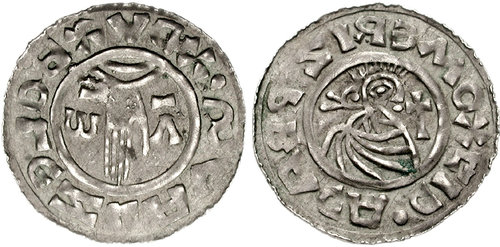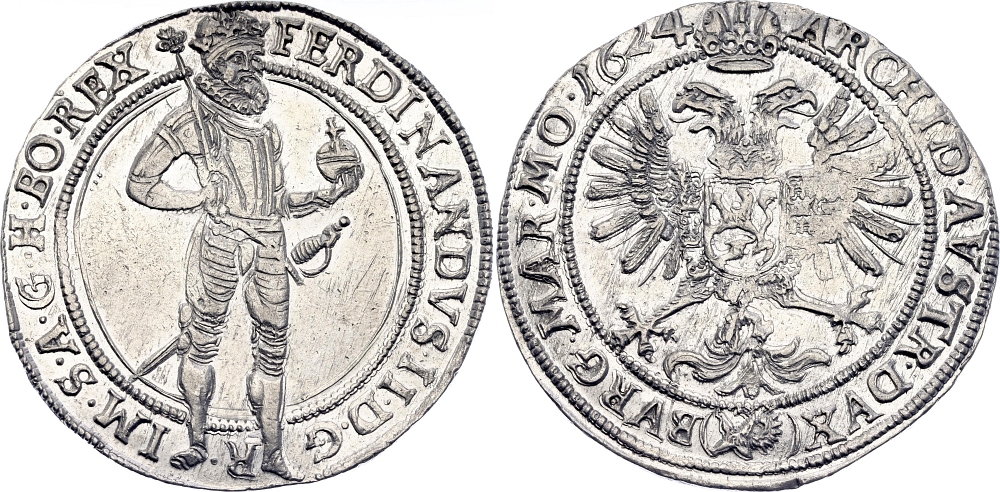Great Info To Scanning Prague Mint Medals
Great Info To Scanning Prague Mint Medals
Blog Article
How Is A Plaster Replica Scanned In Order To Create An Exact Digital 3d Model Of Gold-Plated Medals Or Coins?
The process employs special equipment to digitize the maquette and capture its dimensions. The digital copies are used for a variety of purposes during production.
3D Scanning High-resolution scanners record physical dimensions and detail of the plaster model. The scanners can record measurements and geometrical information using various methods such as laser scanning or structure light.
Capturing Surface Data- The scanner releases laser or light beams on the surface of a model. The reflections and distortions caused by these beams can be recorded by the scanner, which records the model's surface information.
Data Collection - As it is moving across the surface of the models made of plaster the scanner accumulates a large number of data points. These data points are used to build an image of the model that includes its contours, geometry details, and contours.
Conversion into a 3D Model. The collected data is processed by specialized software which reconstructs it into an electronic 3D model. This model recreates the dimensions and physical attributes of the plaster model.
What are the reasons for making the digital 3D model?
Digital 3D Models allow precise reproduction of the physical model's dimensions and details. This precision is vital for ensuring that the final gold coins or medals are in line with the appearance.
Digital models allow for easy adjustment or reworking. Designers are able to modify the design without altering the maquette of plaster.
Compatibility with various manufacturing processes- Digital 3D designs are compatible to a variety of manufacturing processes, such as CNC machining or 3D Printing and make it simpler to create molds or dies in mass production.
Digital 3D models serve as a document for the design. They can be stored digitally to be used as a reference for future use, reproductions, and documents from the past.
By scanning the model and creating an electronic 3D model designers and manufacturers can speed up the process of production, ensure accuracy in replication and utilize advanced manufacturing technologies to make gold coins or medals that are precise and faithful to the original design. See the recommended Scanning and 3D Modeling Czechoslovakia gold coins blog info. including gold coins, $5 gold coin, bullion bars gold, 1 oz silver price, coin buy silver, 1oz gold eagle coin, buy gold and silver, twenty dollar coin, silver price jm bullion, 1 oz gold coin price today and more. 
What Is The Reason Why Gold Coins Or Medal Dies Undergo Vacuum Hardening?
Vacuum hardening is a procedure that involves exposing dies extreme temperatures and a controlled environment in the furnace. This is the basic information on vacuum hardening dies.
Diets used to strike medals or coins are cleaned and free of any contaminants.
Loading in Vacuum Furnace
Die dies can be inserted in a vacuum oven that creates a vacuum within the heat-treating area.
Evacuation from the Air
The vacuum furnace removes air from the chamber, creating the perfect vacuum, free of oxygen and other gases. This helps prevent oxidation and guarantees the same heat treatment.
Heating Phase-
The furnace then gets heated up to the temperature required for hardening dies. The range of temperature is determined by the material type and the hardening process.
Soaking at high temperatures-
Die dies are kept at high temperatures for a specific time, which allows the material to reach the level of hardness desired and also maintain the metallurgical structure.
Cooling and Quenching
After the soaking process it is possible to quickly cooled with the help of specialized techniques. Rapid cooling assists in locking the desired strength and hardness in the steel.
Tempering (Optional)The Tempering Process (Optional)
In certain cases there is a process of tempering that follows the process of hardening. Tempering involves heating the dies to a lower temperature to reduce internal stress and increase the toughness of the die while maintaining its their hardness.
Quality Control and InspectionQuality Control and Inspection
The hardened molds are thoroughly checked and verified to ensure that the dies satisfy all of the specified requirements.
Post-Treatment Handling-
The dies will be processed further like polishing or coating, before being used for the coin or medal striking.
The process of hardening by vacuum enhances the durability of the dies, their wear resistance and the life of the dies for striking gold coins or gold medals. In ensuring a safe and clean environment the process offers an efficient and consistent method to make the dies harder. Take a look at the top vacuum hardening Czechoslovakia gold medals website advice including sd bullion gold, gold buffalo coin, $20 gold piece, george washington gold dollar, gold quarter, 5 dollar gold coin, krugerrand coin, gold coin with angel on both sides, buy gold biscuits from bank, apmex gold coins and more.
Why Are Dies Polished By Hand To Ensure A Flawless Surface For Gold Medals And Coins?
Hand-polishing dies ensures a smooth and flawless finish for gold coins and other medals. The more smooth the surface the more precise the reproduction of fine detail and intricate design patterns on the medals or coins.
Quality of the coin or medal is improvedA polished dash will ensure that the coins struck and/or medals have crisp edges, sharp edges and relief. This improves the overall appearance and the quality of the final product.
Reduced wear and tear - Polishing can reduce friction during the striking procedure. Smooth surfaces reduce the possibility of mistakes or inconsistencies that are caused to the struck coin or medal caused by rough surfaces.
Consistency is Striking. Hand-polished Diets offer a consistent surface for striking, which ensures consistency. Consistency is vital to ensure the design's accuracy, depth, and overall quality across several medals or coins.
Longevity: Polished Dies will last longer. They are less likely than unpolished ones to wear down or be damaged during the strike process. Dies made of these are robust and longer lasting which allows them to hit more coins, without compromising their quality.
Accuracy and Precision- Hand polishing allows engravers to fine-tune and refine certain areas of the die to ensure that the details are accurately duplicated on the engraved medals or coins. The level of precision contributes to the precision of the finished product.
Quality Control- Polishing is an integral part of the quality control process. The inspection of the die during polishing by hand allows for recognition and correction of any inconsistencies or defects before the striking process.
Surface Finish - Polishing can give particular surface finishes or textures that enhance the appearance or adding unique characteristics to the struck coins or medals.
In the end, careful hand polishing of the dies used for gold medals and coins is essential to creating high-end accurate, detailed, and aesthetically pleasing created products. It is a significant impact on the appearance of the product, its consistency and its durability. Read the top rated hand polishing Prague Mint gold coins website recommendations. including buy gold and silver, 1 oz gold, one ounce gold bullion, gold and coin dealers near me, silver bars for sale near me, gold and silver dealers, 24k gold bullion, medal gold medal, small gold coins, american eagle gold coin 1 oz and more.
How Are Gold Blanks Loaded Into Coin Presses At High Pressure?
In the process of minting gold blanks are loaded into coin presses, where they are stamped under pressure to turn them into finished pieces of gold or coins. Here's a brief overview of how to load blanks.
Gold blanks that have been prepared and inspected for quality and quality, are then placed into a feeder system that is connected to the coin press. This feeder system ensures an ongoing supply of blanks.
Blanks for Feeding to the Press
The feeder system directs each blank into the striking zone of the coin presses. This ensures precise positioning of each blank for stamping.
Alignment, Positioning and Positioning
The blanks are then positioned and positioned in the chamber for striking of the press to ensure they are perfectly centered to be used for stamping.
Striving under High Pressure
The coin press has two dies: one stationary and one that is moving. The stationary dent contains the negative design impression and the die that moves is the Hammer.
The die that is moving strikes the blank with a significant force, and transfers the design onto the blank's surface. Die presses the design and create raised relief on the coin or medal.
Multiple Striking is an Optional
Multiple strikes are a great way to create a better clear design or image on better quality coins and medals. Each strike refines the surface of the blank.
Ejections and Collection
After being struck after which the medals and coins are ejected into tray. They are inspected for quality control to ensure that designs stamped meet the requirements of all standards and specifications.
Post-Processing-
If the mint requires it, they could apply other processes, such as edge lettering, reeding of the edges, or post-strike treatments.
Stamping with high pressure etch the desired designs onto the blanks of gold, transforming them to finished coins or medals that are ready for circulation, collections, or commemoration. The precision is crucial, because even a slight variation in the pressurization or the alignment of the gold-plated blanks may affect the appearance and quality of the finished product. Follow the top rated minting Czechoslovakia gold coins more advice. including chinese gold coins, ancient coin, gold angel coin, gold dollar coin 2000, gold silver coins, 2000 olympic, 1 10 american gold eagle, gold medal gymnasts, gold buy bullion, congressional gold medal and more.